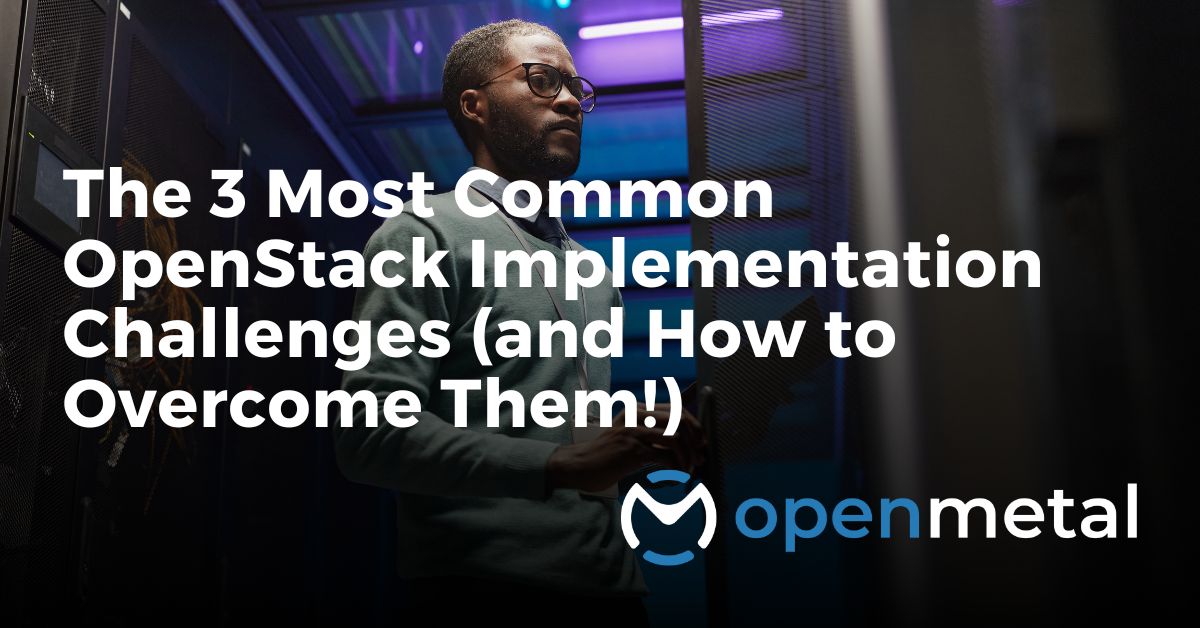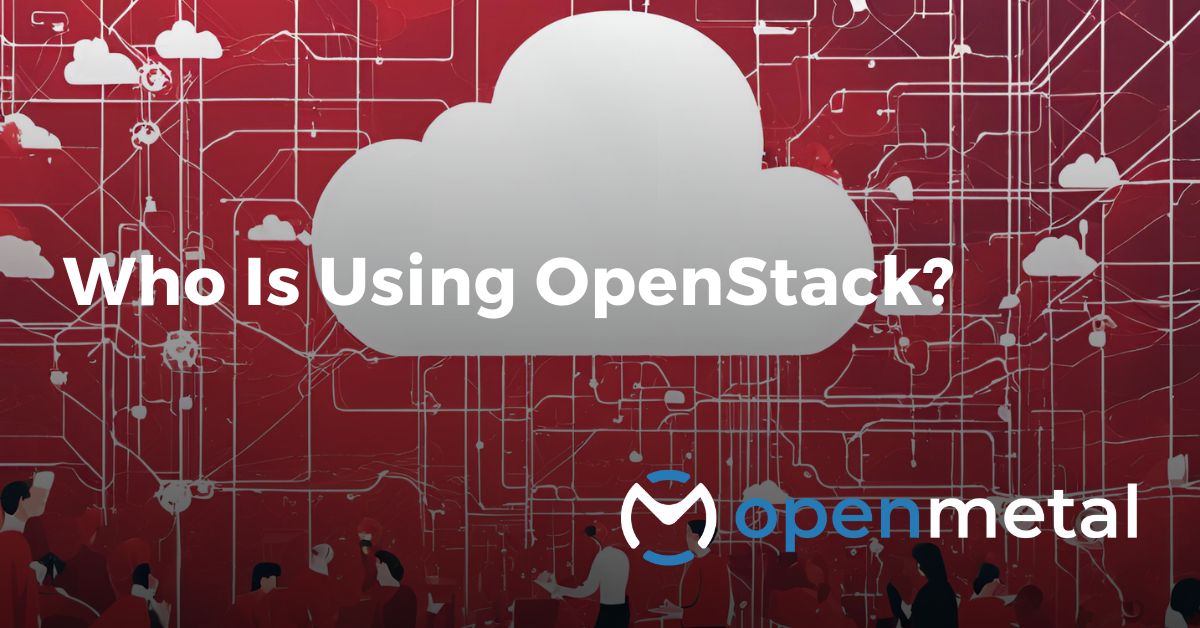OpenStack allows companies to build custom private clouds. Yet, ensuring security and stability goes beyond initial setup. Regularly updating Kolla images, which are OpenStack’s container tools, is vital. These updates protect and strengthen your cloud. Neglecting them can lead to serious security issues.
What Are Kolla Images and Why Do They Need Regular Updates?
OpenStack Kolla provides production-ready containers and deployment tools for OpenStack. Kolla images are vital for deploying OpenStack services like Nova, Neutron, and Cinder. They need regular updates to stay secure. These updates provide security patches, fix bugs, and add features. This is crucial, especially for private clouds that manage sensitive data and critical applications.
The Risks of Outdated Kolla Images
Failing to update your Kolla images can expose your OpenStack cloud to a number of critical risks. Let’s break down some of the main dangers:
1. Security Vulnerabilities
- Unpatched Security Flaws: Each OpenStack service in your Kolla images uses different libraries. Many of these libraries are often targeted by attackers. Not updating them leaves your system open to risks like code injection and privilege escalation.
- Outdated Dependencies: OpenStack Kolla images are built with dependencies that require regular updates to patch vulnerabilities. When these dependencies are left outdated, they create weak points in your infrastructure. Attackers often exploit these weak points to gain unauthorized access, steal data, or disrupt services.
- Lack of TLS and SSL Updates: Outdated Kolla images may make your TLS and SSL configs insecure as security standards evolve. This can expose data to interception during transmission.
2. Compliance and Regulatory Risks
- Ignoring Security Standards: Organizations must follow standards like GDPR, HIPAA, and ISO 27001. These require regular updates and patching. Using old Kolla images risks non-compliance, leading to legal and financial issues.
- Auditing Challenges: Using old Kolla images can create audit trails missing important updates and security. This threatens the accuracy of audits and could result in significant fines or penalties.
3. Increased Risk of Downtime
- System Instability: Older Kolla images might have bugs or compatibility issues. These can harm system performance. Over time, they may destabilize or crash your OpenStack environment. In businesses where uptime is crucial, unexpected downtime can be costly.
- Service Disruptions During Peak Demand: Old images can cause failures in high-demand periods. For instance, if a security update is released and your Kolla images are outdated, you can’t apply it. This leads to downtime and lowers your reliability when customers need you most.
4. Threat of Resource Hijacking
- Cryptojacking: A modern threat where attackers hijack cloud resources to mine cryptocurrency. Outdated Kolla images are at risk, causing resource loss and higher cloud bills. Additionally, these attacks can go unnoticed for a long time, leading to more costs and possibly reducing resources.
- Botnets and DDoS Attacks: Attackers can exploit outdated Kolla images to hijack your OpenStack setup. This can turn it into a botnet for DDoS attacks. Such attacks increase your bandwidth and resource use. Moreover, they could damage your reputation by linking your infrastructure to malicious activities.
How to Update Kolla Images On OpenStack
Nick, our Senior DevOps Engineer, guides you through the step-by-step process of updating your cloud’s OpenStack services by updating Kolla images. Learn how to check for updates, set up the Kolla Ansible environment, pull the latest image updates, and deploy the new containers.
“How to Prepare and Use Kolla Ansible” article referenced in video.
Conclusion: Keeping Your Private Cloud Secure with Regular Kolla Updates
Security threats change all the time. So update your OpenStack Kolla images frequently to guard against cyberattacks. This keeps your Kolla images current, reducing vulnerabilities and boosting performance. It also ensures you meet regulations. Regular updates prevent unauthorized access, protect sensitive data, and keep your OpenStack cloud safe and strong against new threats. Make these updates a key part of your maintenance routine. This way, you can enjoy your OpenStack setup without risking security or stability.
More From OpenMetal…
How did OpenStack not only endure, but flourish? The answer: its widespread adoption by numerous organizations that run OpenStack to automated their cloud businesses, those that built their own on-premise infrastructure solution using OpenStack, or organizations that are now moving workloads over to OpenStack to regain control of their infrastructure spend. Let’s take a look at a list of organizations using OpenStack.

The 3 Most Common OpenStack Implementation Challenges (and How to Overcome Them!)
OpenStack is gaining popularity among businesses seeking to efficiently manage their IT infrastructure and reduce dependency on the mega cloud providers. While its open source nature and adaptability offer immense benefits, some challenges can arise during its implementation.

How to Build a Private Cloud Using OpenStack
You want your own private cloud! Now you have to figure out your options for getting there.
OpenStack is often seen as a way to create a private cloud but it is equally important as an overall Infrastructure as a Service or Data Center management software. This article focuses on the private cloud aspect of OpenStack since most research starts on how to set up private cloud with OpenStack.
Test Drive
For eligible organizations, individuals, and Open Source Partners, Private Cloud Cores are free to trial. Apply today to qualify.
Subscribe
Join our community! Subscribe to our newsletter to get the latest company news, product releases, updates from partners, and more.




































